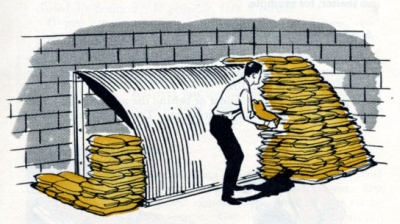
Disasters like Chornobyl and Fukushima highlight the severe need for nuclear preparedness. Moreover, economic and political instability makes the situation worse. The apprehension only increased with Russia and Ukraine at war.
Do you know what the two means of protection against the effects of nuclear weapons are? The answer is evacuation and shelter, according to the Department of Defense.
The biggest deficiency is that most people do not have a proper fallout shelter, and neither are they ready to evacuate at a moment’s notice. Within this article are five nuclear preparedness safety tips to help you devise a plan for yourself and your family if the worst should happen.
5 Nuclear Preparedness Safety Tips to Shelter Inside
Shelter In Place
Image: https://www.ready.gov/sites/default/files/2020-11/ready_nuclear-explosion
Getting inside a building is the best option to stay safe during a radiation emergency. You must take shelter as soon as possible because concrete walls can block the harmful radiation to a significant extent. More walls provide more protection, so you must choose a room with no windows. If you have windows use sandbags to seal them off. Alternatively, basements and rooms in the middle of the building make good options. Take shelter in your workplace or the nearest building if you are far away from home.
Image: http://scarc.library.oregonstate.edu/omeka/items/show/1541
Stay inside

Image: www.nps.gov/articles/coldwar_civildefense_rockefellerandcivildefense.htm
There are a few things to know about when you shelter inside. Experts recommend staying inside for 96 hours or more after a nuclear emergency because radioactive materials lose their potency over time. You must take some simple precautions to ensure safety. If you were outside at the time of the impact, change your clothes when you get home, as they may have radioactive material. Wash the exposed skin with water. Eat only packaged foods and drink canned or bottled drinks. Remember, toxins may have settled on the exposed surfaces of your home. Have a month’s supply of food and water stash away in your home so that you won’t need to leave to find food, water, and other emergency supplies.
– – – – – – – – – – – – – – – – – – – – – – – – – – – – –
Consider protective equipment
Living in high-risk areas or nearby a nuclear plant requires you to be more vigilant. Consider investing in protective gear for yourself and your family as the risk of disasters abounds. A personal protective hazmat suit for your loved ones may be a worthy investment. It can provide protection if you need to leave a radioactive area during a grave emergency.
Note: When buying protective equipment, look for the initials CBRN (chemical, biological, radiological, nuclear) or NBC (nuclear, biological, chemical).
Stay tuned
It is crucial to stay tuned after a nuclear disaster in your area. Once you seek shelter inside your home, workplace, or elsewhere, tune in to television, radio, or social media to get the latest updates, instructions, and nuclear emergency safety tips. It is unlikely electricity will be available after a nuclear strike. Having a battery-powered radio can help you get the latest updates and safety instructions from emergency response officials. Follow instructions and stay indoors as long as the officials ask you to. Also, check their guidelines for evacuating the area.
Note: Emergency radio, batteries, and a solar lantern should be secured using electromagnetic radiation protection (ERP) material, also known as a faraday bag or faraday cage. When a nuke goes off, it creates an EMP that can disable all electric devices in its reach.
Handle the situation calmly

Being at ground zero is scary! The experience will be stressful and daunting. But handling the situation calmly is your best bet, even more, when you have children and the elderly to take care of. Your focus should be on saving your family from the immediate nuclear disasters and surviving. Use your common sense, have an evacuation plan, and follow the local leader’s instructions.
A nuclear disaster is the worst situation you may encounter, but you can start preparing now to get through the emergency if the worst should happen. Awareness and preparation give you better chances of survival. Make a nuclear detonation preparedness plan today! For more ideas on Nuclear Emergency Safety Tips to Shelter Inplace, click on the pdf book below.
Next article: 7 Ways to Prep for a Wartime Economy
Thanks for visiting Preppers Survive. Before you leave subscribe to our newsletter. If you enjoyed this article, please share it on your favorite social media.
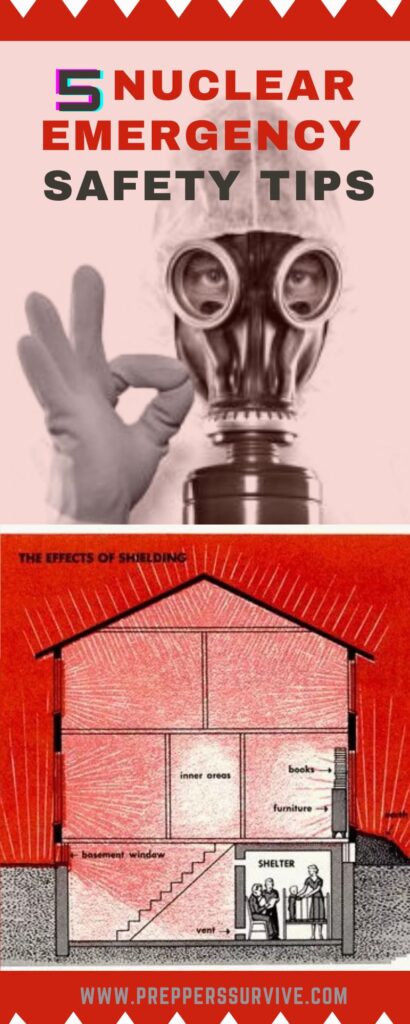


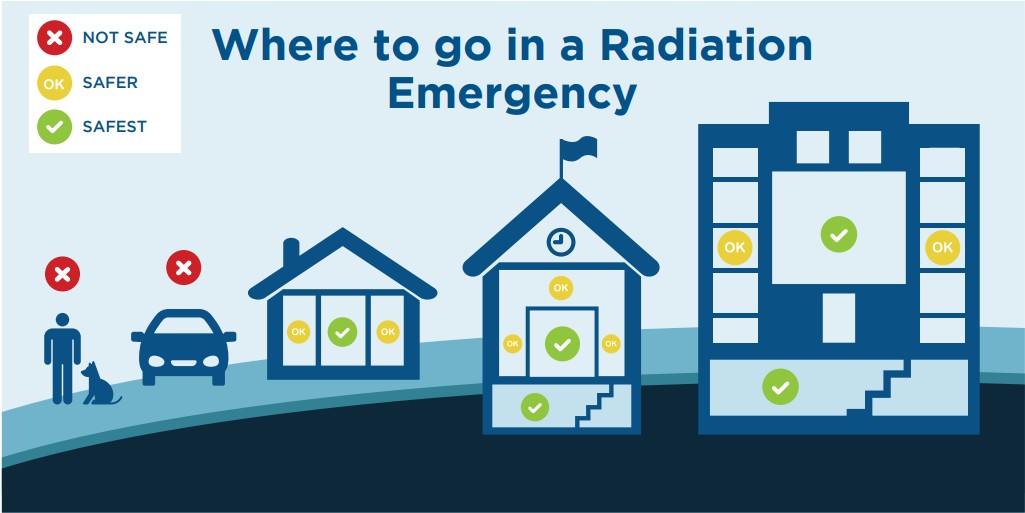
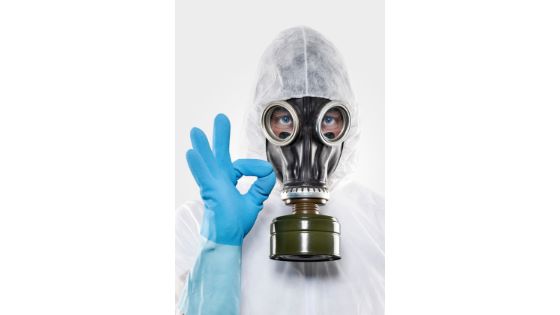

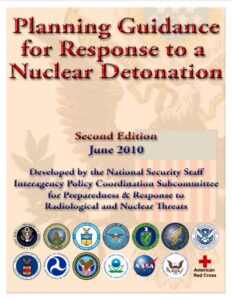
Great reading and advice
Hope we don’t need it
For those that can afford it, having dosimeters and/or civil defense meters will let you know what your exposure is. Dosimeters give you a reading of your accumulated dose, and the meters let you know what the current rate is. It’s critical to know what the current radiation levels are so you can know when it’s safe to leave your shelter.